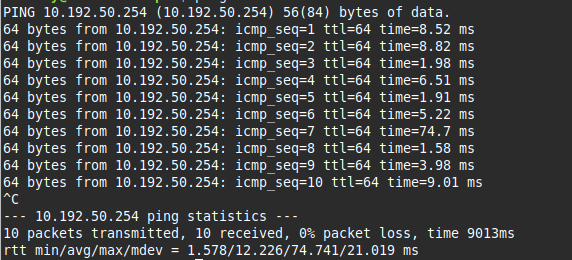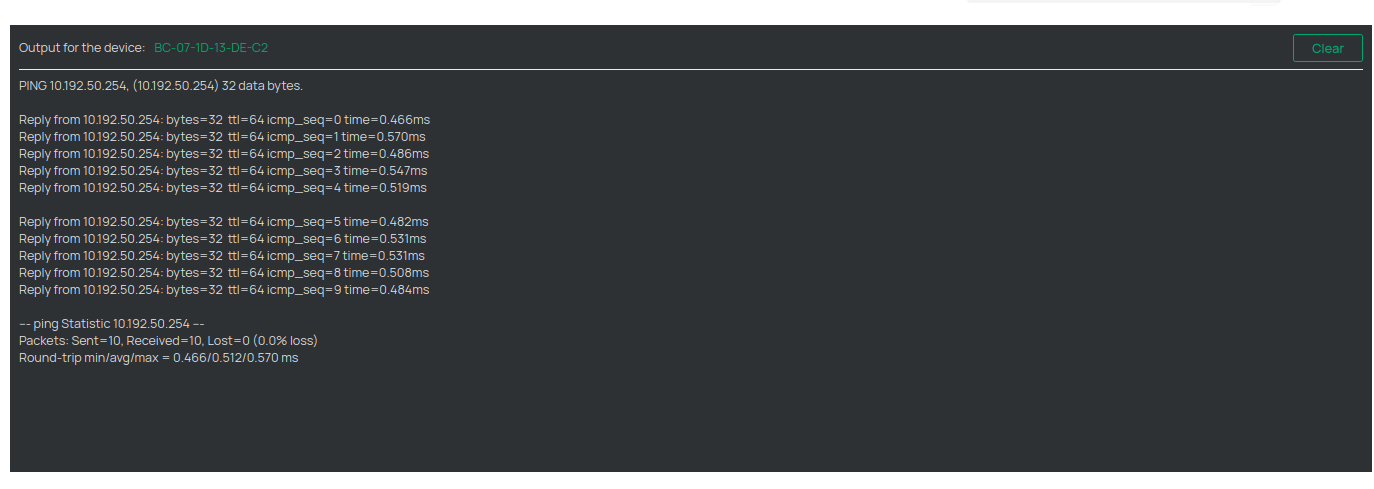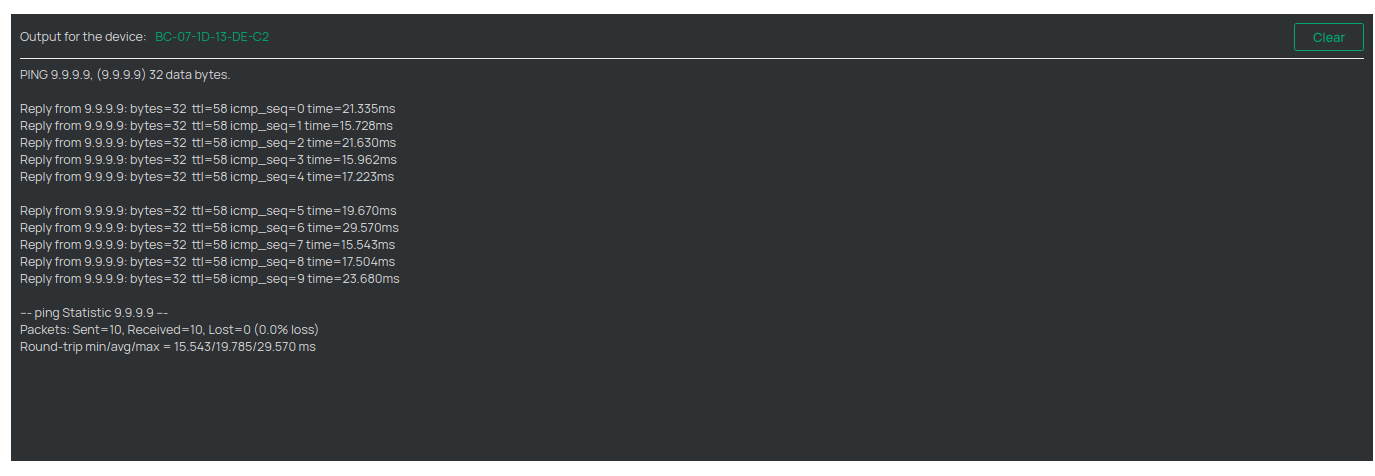Empty top-interference and lots of packet drops
Team,
Over the weekend I have upgraded the WiFi network from three EAP245-v3 to three EAP653-UR-v1.
Compared to the EAP245 setup there are some strange differences:
(1) - the top interference content block is empty. With the EAP245, this was filled with the 3 EAP's and a certain percentage.
(2) - high drop rates - sometimes over 60% for longer period of time. With the EAP245 this was zero all the time.
(3) - clients seem to be sticky and don't select the best possible EAP. This was not the case with the EAP245's.
Regarding (3):
At site level I have always enabled, fast roaming, AI roaming and bandsteering for 5-Ghz.
Enabling the non-stick-roaming and rebooting the EAP's doesn't seem to give any improvements.
The EAP's are all set to auto for wireless mode, channel-width and channel.
According to the controller, the wlan optimization is not available for 2 EAP's because of the mesh connection between the 2.
Meaning one is connected via UTP and has a mesh connection to the other.
I tried to increase and dcrease the transmit power of the radio's and rebooted the EAP's.
Which improved things a bit - but sill no top interference and still high drop rates.
I'm ware that troubleshooting these kind of issues can be challenging.
It's just that it looks as if the EAP245-v3 is far more stable then the EAP653-UR-v1.
Any suggestions?
With warm regards - Will
- Copy Link
- Subscribe
- Bookmark
- Report Inappropriate Content
Hi @ITV
(1) - the top interference content block is empty. With the EAP245, this was filled with the 3 EAP's and a certain percentage.
>>>Could you please share with us some screenshots of this page?
(2) - high drop rates - sometimes over 60% for longer period of time. With the EAP245 this was zero all the time.
>>>UR EAP Calculation mechanism is different from EAP245 and generally counts more dropped packets. Let's focus on issue 3;
(3) - clients seem to be sticky and don't select the best possible EAP. This was not the case with the EAP245's.
Please give us the following info to understand this issue:
1. Are the three EAP653 UR installed at the same locations as EAP245?
2. What's the distance between them?
3. What kinds of clients are having this issue? Or all wireless clients?
- Copy Link
- Report Inappropriate Content
Thank you for your quick response and to the point questions - great!
(1) - See atttached image: this is the top-interference block as I see it in de local Omada controller.
This applies for both tabs - 2.4-Ghz and 5-Ghz.

(2) - I understand - calculation method is important - also because I don't believe an all zero's all the time.
(3) - below some more details.
Yes - all 3 EAP's are in the same building and about 15-20 meters from each other.
All 3 have low settings on transmit power:
* 2.4-Ghz: custom with a value of 9 (same as EAP245)
* 5-Ghz: low (same as EAP245)
Reason for this setup is the thick walls and HR++ windows between the 3.
All wireless clients have the same issues. What worries me most is the drop in client signal strength as reported by the EAP.
On average the EAP245 reported a client signal strength of 60-dBm. While the EAP653-UR reports an average of 70-dBm.
Since this is a drop-in replacement (i.e. everything else being equal) it is not something I would expect.
However the 653-UR is smaller then the EAP245 - most likely because the antennas are smaller. With the site-effect of less signal receiver coverage. With that in mind: would the EAP683-UR be a better choice? Since the device is even bigger then the EAP245 and also has more antenna's it may have a better signal receiver coverage?
What is your view on all the above?
With warm regards - Will
- Copy Link
- Report Inappropriate Content
Hey have you ever found a fix for this issue?
Because just stumbled upon the same issue with a eap653 ur (eu) model running firmware 1.2.1 Build 20241126 Rel. 71511
i am seeing lots of packet drops and errors, especially on the 5Ghz band, i have already tried to lower the antenna gain to the lowest setting but this does not fix the issue.

the actual AP only has 6 clients connected to it.
the controller page shows minimal to no interference on the band and using a wifi analyzer i can conclude that most if not all the 5ghz bands are empty in the area.
These drops and erros are also pretty noticeable during a ping test for instance.
Below is a ping test to the local gateway from a client connected to the ap (5ghz, ch36, width 40mhz) take note of the small spikes:

To an internet address the spikes are much more noticeable:

concluding the same test from the AP using the omada controller ping tool you can see that these spikes are non existant:


Any sugestions ?
Many thanks.
- Copy Link
- Report Inappropriate Content
- Copy Link
- Report Inappropriate Content
I'm about to select an AP model to cover a new building.
I expect to provision 30 units or more.
My main requirement is performance in 5GHz band.
I need to have a -65dB/-70dB or higher signal in 5 GHz when located at up to 8 meters from AP with walls in-between.
AP are laid flat above ceiling tiles.
I'm hesitant between two models:
- eap245
- eap653ur
What worries me with both models are:
- some eap245 are (were) sold with a second PoE-out ethernet port while some are not while both have the same product number and very different firmware version numbers. This second PoE-out port can be very useful to later extend coverage.
- some experience with eap653ur doesn't mention any improvement over eap245.
Suggestions ?
- Copy Link
- Report Inappropriate Content
@Oliv2831 - mmm... interesting case...
First - I'm not aware of an EAP245 with a PoE-out port.
Second - the EAP245 is labelled as EOL - meaning it may not be available.
Which leaves the EAP653-UR or EAP683-UR as a kind of next-best-thing.
But honestly - neither of these have the signal quality of the EAP245.
At least not the ones I have tested for a short period of time.
You may want to consider the EAP613 or EAP653 (preferred), install one in each room and keep the transmit levels to a minimum.
For example use 10-mW for the 2.4-Ghz radio and 15 or 20-mW for the 5-Ghz radio.
This would (kind-of) force your devices to pick the 5-Ghz radio.
Which then gives the best performance because there is a radio in each room.
If an EAP breaks, the devices in that room may still have 5.0-Ghz connectivity from the adjacent room.
Would you be in a position to share a floorplan of the building and its rooms (including sizes)?
What materials are used in the walls and ceilings?
- Copy Link
- Report Inappropriate Content
EAP245 v4.0 has a PoE-Out port. EAP245 v3.0 doesn't have this PoE-Out feature (it has a second Ethernet port but no PoE capability).
I cannot share floor plan here, unfortunately.
I didn't know EAP245 was End of Life or End of Sale as those AP are now still available in various dealers here (France).
Maybe I'll buy a couple of units and use them along other models.
In the sector I'm working in (hospitality), AP are installed in corridors and shared between up to 4 rooms.
I also share a 1Gb/s access to the Internet between 100 or 200 users.
I would easily trade peak performance (wireless throughput over 1Gb/s) to gain a better range (or anything, as a secondary PoE-Out port that helps to improve coverage without requirement difficult cabling extensions).
Recent WiFi6 or WiFi7 devices are fine but:
1. powering becomes meaningful (long gone are the days during which one AP would consume around 3W) and that alone forbids daisy-chaining AP
2. all these extra performance improvements are mostly visible when in close range (<4m) while most of our guests are 6 or 8m away from AP within concrete or dry walls in-between
3. who really need 2.5Gb/s uplinks when you share a 2 Gb/s Internet acces between 50 AP ?
From datasheets, EAP653-UR has a 188m2 coverage while EAP653 has a 144m2 one.
These figures translate to 6.7m or 7.7m radius.
From your experience, do you mean EAP653 out-performs EAP653-UR (in 5GHz band) or do you think EAP653-UR is not worth the price difference ?
- Copy Link
- Report Inappropriate Content
The 5-Ghz band is quite sensitive for walls and other "obstructions".
Meaning for the best possible performance you would probably need WiFi-6 devices.
The EAP245 doesn't have this. And is only a good choice in "quite" WiFi environments.
Based on the testresults with UR models and a laptop with a 2 meter distance it is not worth the money.
Hence the suggestion for having a 653 in each room.
The 615- and 655-wall might also be a good alternative as they have a PoE out port.
However, having this model in each room is kind of mandatory...
Outdoor models have a far better reach - up to 300 m2 (i.e. up to 9,77 meter radius).
But they have no PoE out port and are at least 50% more expensive.
Please note that all these radius results are theoretical...
The final "say" is the wall between the room and the hallway.
Combined with the transmit power of any given mobile device.
To summarize:
| Area (m²) | Radius (m) |
|---|---|
| 144 | ≈ 6.77 m |
| 188 | ≈ 7.74 m |
| 300 | ≈ 9.77 m |
Btw - did you know the controller is able to run coverage simulations?
You could run this on a laptop, create room lay-outs with the EAPs.
It then gives you a kind-of heat-chart showing the coverage across the room(s).
- Copy Link
- Report Inappropriate Content
1. I was not aware of this increased coverage capacity for outdoor devices : this is very interesting as, with a 8m radius, I'm certain to solve my coverage issues.
I use to install AP in plenum space above ceiling titles for :
- security (keeping people from plugging unauthorized devices)
- adaptability (I can move AP without notice from guests)
- easy installation (no need to drill)
- and aesthetic reasons.
These reasons are not mandatory, for me.
In this plenum space, distance between tiles and roof is about 10 to 15 cm.
If outdoor AP must be installed vertically, I'll probably have to install them bellow ceiling titles which is acceptable as I've also installed AP bellow ceiling titles, many times.
Do you have any outdoor Omada AP to recommend ?
2. I didn't know the controller was able to run coverage simulations.
This is very interesting, also.
- Copy Link
- Report Inappropriate Content
Information
Helpful: 0
Views: 1066
Replies: 9
Voters 0
No one has voted for it yet.
